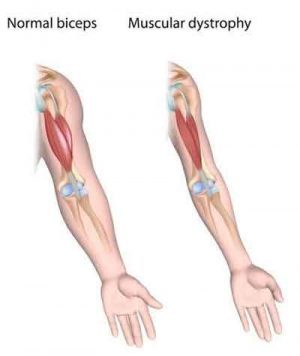- Home
- Editorial
- News
- Practice Guidelines
- Anesthesiology Guidelines
- Cancer Guidelines
- Cardiac Sciences Guidelines
- Critical Care Guidelines
- Dentistry Guidelines
- Dermatology Guidelines
- Diabetes and Endo Guidelines
- Diagnostics Guidelines
- ENT Guidelines
- Featured Practice Guidelines
- Gastroenterology Guidelines
- Geriatrics Guidelines
- Medicine Guidelines
- Nephrology Guidelines
- Neurosciences Guidelines
- Obs and Gynae Guidelines
- Ophthalmology Guidelines
- Orthopaedics Guidelines
- Paediatrics Guidelines
- Psychiatry Guidelines
- Pulmonology Guidelines
- Radiology Guidelines
- Surgery Guidelines
- Urology Guidelines
Promising New Drug Could Help Treat Spinal Muscular Atrophy

Columbia : According to studies, approximately one out of every 40 individuals in the United States is a carrier of the gene responsible for spinal muscular atrophy (SMA), a neuro-degenerative disease that causes muscles to weaken over time. Researchers at the University of Missouri developed a new molecule in April 2014 that was found to be highly effective in animal models exhibiting SMA. Now, testing of that compound is leading to a better prognosis for mice with the disease and the possibility of potential drugs that will improve outcomes for patients with SMA.
“Our team has been fine tuning a potential therapeutic for SMA and what it does,” said Chris Lorson, an investigator in the Bond Life Sciences Center and a professor of veterinary pathobiology in the MU College of Veterinary Medicine. “It’s a type of molecule called an antisense oligonucleotide, or ASO, that essentially is synthetic string of nucleic acid that binds a specific sequence in the gene.”
In individuals affected by SMA, the survival motor neuron-1 (SMN1) gene is mutated and lacks the ability to process a key protein that helps neurons function. Muscles that control walking or even lifting an arm often are profoundly affected as well as muscles important for breathing. Fortunately, humans have a nearly identical copy gene called SMN2, however, SMN2 normally only makes a small amount of the correct SMN protein. Lorson’s compound targets SMN2 and effectively “turns the volume up” for SMN2, allowing it to make more of the correct SMN protein.
“Our current treatment helps the body create a backup mechanism to combat the disease and extends survival in mice with SMA from just 13 days to a little over five months after only one injection at birth,” Lorson said. “This treatment helps produce the right form of SMN, the one that was only produced at very low levels before.”
Lorson stressed that his lab’s achievement does not promise a cure for SMA and that it is unlikely a single compound will address the full gamut of symptoms. However, by combining therapies currently being researched, a better prognosis could be on the horizon, Lorson said.
The early-stage results of this research are promising. If additional studies are successful within the next few years, these compounds may be tested in human clinical trials with the hope of developing new treatments for SMA.
The study, “Optimization of Morpholino Antisense Oligonucleotides Targeting the Intronic Repressor Element1 in Spinal Muscular Atrophy,” recently was accepted for publication in Molecular Therapy, a journal of Nature. Previous funding was received from Cure SMA. Erkan Osman, a postdoctoral fellow and lead author on this publication working in Lorson’s lab is funded by Fight SMA and the Gwendolyn Strong Foundation. The content is solely the responsibility of the authors and does not necessarily represent the official views of the funding agencies.

Disclaimer: This site is primarily intended for healthcare professionals. Any content/information on this website does not replace the advice of medical and/or health professionals and should not be construed as medical/diagnostic advice/endorsement or prescription. Use of this site is subject to our terms of use, privacy policy, advertisement policy. © 2020 Minerva Medical Treatment Pvt Ltd